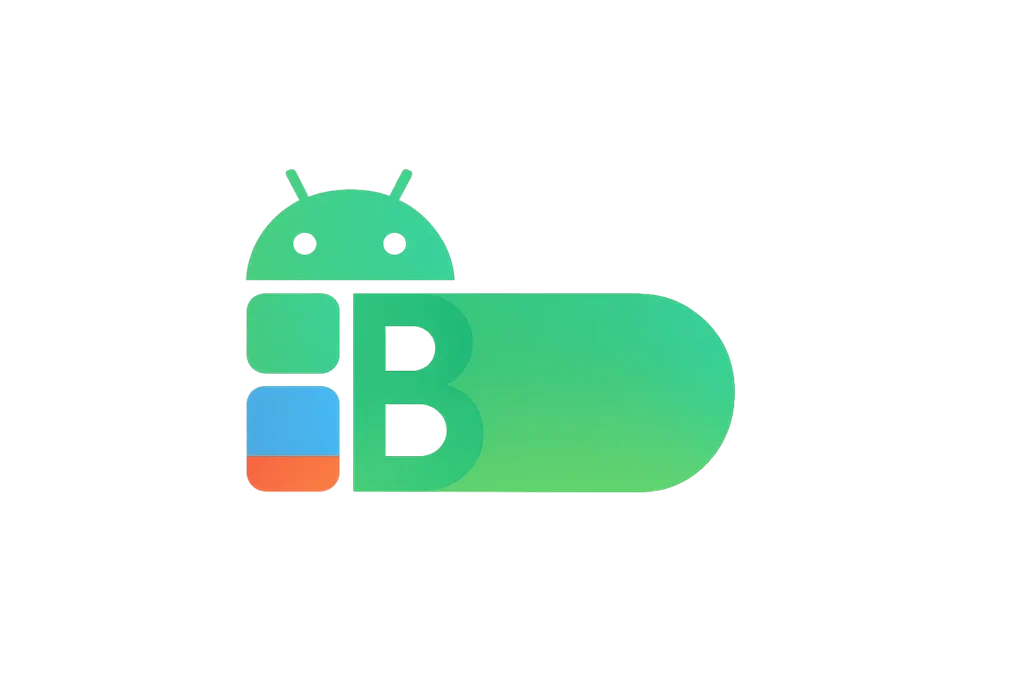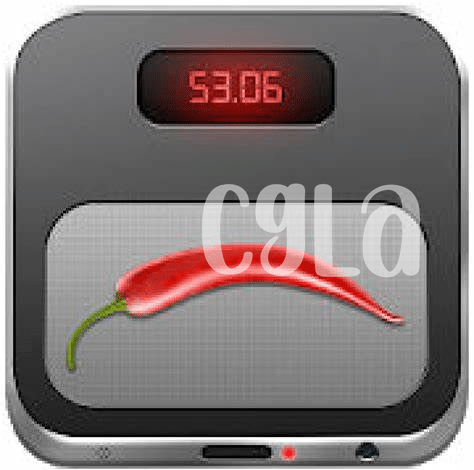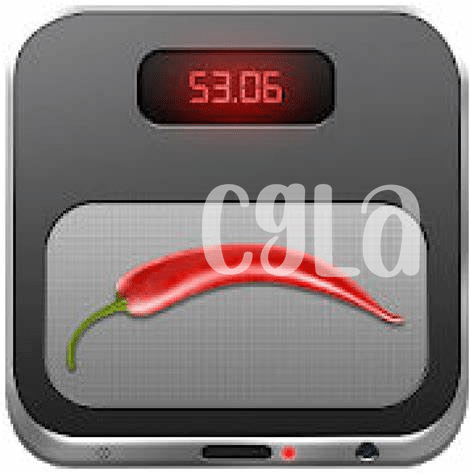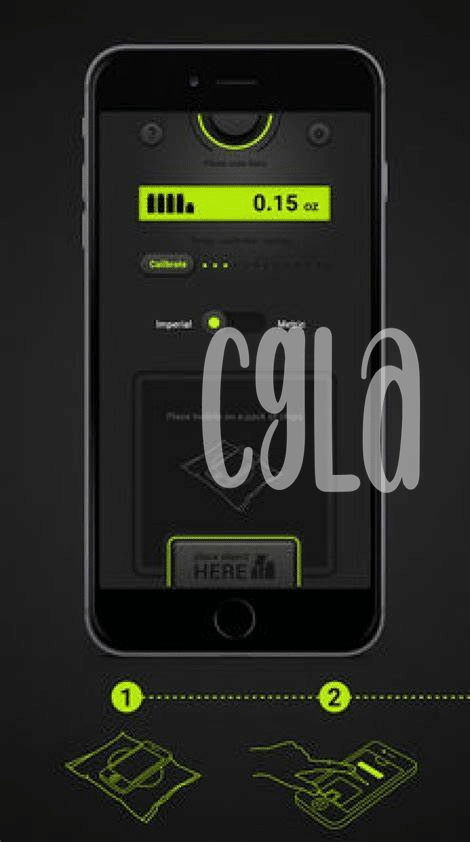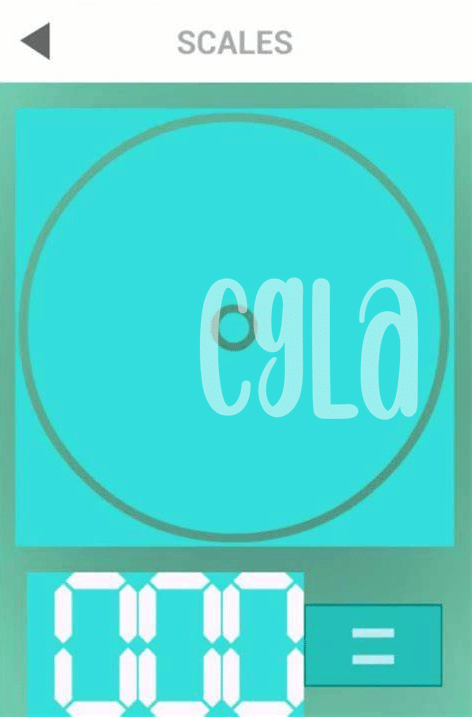
Table of Contents
Toggle- Unpacking the Mystery: How Scale Apps Work 🧐
- The Role of Sensors in Weighing Technology 📱
- Accu-touch: Interpreting Screen Pressure Data 🔍
- Calibration Woes: Ensuring Your Scale’s Accuracy ⚖️
- Practical Uses: When to Trust Your Digital Scale 🔑
- Limits and Alternatives: Beyond the Screen 🚫
Unpacking the Mystery: How Scale Apps Work 🧐

Have you ever wondered how your smartphone can magically weigh objects like a real scale? Let’s shine a light on this bit of digital wizardry. Picture this: you place an object on your phone’s screen and ta-da! The app gives you a weight reading. But how? It’s all about the clever use of existing sensors in your phone. These little wonders are usually tracking your phone’s motion, but with the right software, they get a whole new job: measuring the tiniest bends in your phone’s surface caused by the weight of objects.
| Function | Description |
|---|---|
| Sensing Pressure | Transforms screen flexes into pressure readings. |
| Calculating Mass | Converts pressure data into weight estimates. |
| User Interaction | Guides the user for accurate placement and use. |
Of course, it’s not just about the sensors; it’s also about the smart algorithms that take this data and turn it into a weight figure. These scale apps have to be clever enough to ignore other types of pressure, like your fingers holding the phone, to give you just the weight of the object resting on your screen. It’s an elegant piece of tech, making use of the phone’s built-in features in a way they were never originally intended. 🤓📲
The Role of Sensors in Weighing Technology 📱
Imagine you’re holding your smartphone, ready to download a cool app that promises to turn it into a mini scale. But have you ever stopped to wonder what goes on inside your phone to make that possible? Your phone is like a treasure chest of tiny tools called sensors. These sensors are like little detectives, always feeling out what’s happening around them. They can tell if you’re close by, how bright the room is, or how you’re holding your phone. When it comes to scale apps, these sensors get really clever. They use something called the touch sensor to figure out how hard you’re pressing on the screen. It’s not just about tapping to open your favorite game or typing a message. It’s a whole new world where your touch can seem to measure weight! But, like a sneezing unicorn, it’s a bit of fantasy because phones aren’t actually made to weigh things like a kitchen scale. So, when you want to blissfully browse without pesky ads getting in the way, remember to use the best adblocker android to enhance your experience.
Accu-touch: Interpreting Screen Pressure Data 🔍
Imagine pressing down on your phone screen with a finger. You notice it reacts to touch, right? That’s your screen being smart enough to feel how hard you’re pressing. Scale apps use this nifty feature to guess the weight of things you put on the screen. When something presses down, the app measures how much the screen flexes and turns this info into a weight reading. 🤔 But it’s not as easy as pressing once and getting it right.
Getting the most out of these apps involves a bit of know-how. You’ve got to tell the app about the stuff you’re using, like coins, to help it learn how pressure relates to weight. 🔄 Even the way you place an object on the screen can make a difference. It’s like teaching a friend to guess the weight of your groceries just by how your bag sags – they’ll get better with practice! Calibration helps the app understand different pressures to give you a weight that makes sense. ⚙️
Calibration Woes: Ensuring Your Scale’s Accuracy ⚖️
Have you ever tapped your phone screen, imagining it could tell you the weight of your apples as accurately as your kitchen scales? Well, that’s the promise of scale apps that transform your smartphone into a makeshift scale. But here’s the catch – getting the best out of these apps means mastering the art of app calibration. Imagine calibration as tuning a guitar; you need to get it just right to hit the perfect note. Without a fine-tuned app, measuring weight could be as off-key as a garage band. And just like finding the best adblocker android, it’s about enhancing your digital toolkit’s harmony. But calibrate with care! Balancing a spoon or maybe a coin, you guide your app to learn what real weight feels like. Yet, it’s no professional scale, so keep practicality in pocket and precision in perspective. 🛠️📊👍
Practical Uses: When to Trust Your Digital Scale 🔑
Your pocket pal, the smartphone, is quite the jack-of-all-trades. It steps into the shoes of a digital scale quite nimbly, especially when you need a rough estimate. 📏 Picture this: You’re cooking an exotic dish, and you’ve got no kitchen scale to measure those spices. Voila! Your app turns your screen into a makeshift scale. A pinch of this, a dash of that, and your culinary adventure is spot on.
Despite the cool trick, it’s wise to remember these apps are more about convenience than precision. 🎯 For hobbies like model-making or when that curiosity bug bites, and you just *have to* know the weight of everyday items, the digital scale app can be a handy tool. But if you’re pondering over using it for life’s big moments – think trading gold or pharmaceuticals – you might want to invest in the real deal.
Here’s a simple breakdown of where you can safely rely on your digital buddy:
| Reliable Use Cases | Not Recommended |
|---|---|
| Cooking and baking | Precise scientific measurements |
| Crafting and DIY projects | Trading valuable commodities |
| Checking luggage weight estimates | Medication requiring high accuracy |
Limits and Alternatives: Beyond the Screen 🚫
When we reach into our pockets, what we find is an amazing device that can do wonders. But even this wizardry has its limits, especially when it comes to using our phones as a scale. 🚫 It’s crucial to understand that the technology in our smartphones is designed for tasks like calling, browsing, and gaming, not for precise measuring tasks such as weighing objects. While these apps are fun and can give a rough estimate, they are not meant to replace real scales for important tasks.
This is where alternatives come in. For kitchen, laboratory, or commercial needs, it’s always best to invest in a dedicated digital scale. These scales are built with precision sensors designed specifically for weighing, ensuring accuracy that a phone simply can’t match. 🏋️ For health and fitness, a bathroom scale is unmatched in providing correct body weight. It’s important to know when to rely on professional tools rather than our handy smartphones. Remember, a smart tool is chosen by its precision for the purpose, not just by the convenience it offers. 💡
